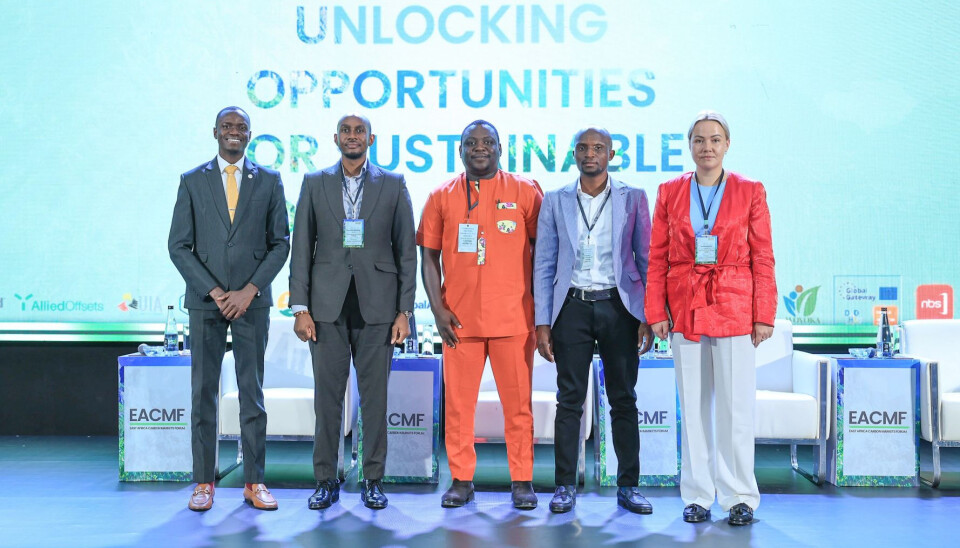Copyright : Re-publication of this article is authorised only in the following circumstances; the writer and Africa Legal are both recognised as the author and the website address www.africa-legal.com and original article link are back linked. Re-publication without both must be preauthorised by contacting editor@africa-legal.com
Uganda’s new Climate Change regulations a bold step forward

Uganda is a signatory to key international instruments addressing climate change. Recently gazetted regulations provide a framework for registering carbon projects in Uganda but their operation and success will require a balance of oversight and market facilitation
The recently gazetted National Climate Change (Climate Change Mechanisms) Regulations 2025 (Regulations) are a bold step towards providing a regulatory framework for carbon developers seeking a pathway for project approval, verification, and carbon credit issuance in Uganda.
The Ministry of Water and Environment is the primary regulator in the carbon markets space in Uganda, a nation which is helping to lead the charge across Africa for carbon trading and combatting climate change, with its combination of an active industry, being “a huge carbon sink”, and having the political will to address issues.
The success of the Regulations - which create an elaborate process for registering carbon projects and will have several key impacts - will depend on balancing necessary oversight with market facilitation; ensuring environmental integrity and social benefits while maintaining economic viability for project developers.
Carbon Project lifecycle
Uganda is a signatory to the UN Framework Convention on Climate Change, the Kyoto Protocol, and Paris Agreement, enabling climate change mechanisms under Article 6 laying the backdrop of carbon markets.
Uganda has operationalised these conventions through The National Climate Change Act Cap 182. Section 9 introduces climate change mechanisms. Under the new Regulations, the carbon project development lifecycle at a glance entails:
Project Initiation: Submission of a formal request to the Minister, including project details and proof of registration, to participate in climate change mechanisms.
Minister’s Consideration and Issuance of Letter of No objection: The Minister reviews the application within 21 working days and may issue a letter of no objection allowing feasibility studies, or reject the request with reasons provided.
Bi-annual Progress Report: The project proponent submits an activity report every 6 months and may request an extension of the letter of no objection if needed.
Project Development and Approval: The project proponent conducts feasibility studies, prepares a project design document, and applies for project approval, which the Minister reviews and may approve or reject within 21 working days.
Project implementation: The project is implemented within 12 months of approval, with written notification to the Minister, and regular progress, annual emissions reduction monitoring reports are submitted.
Validation and Verification: A registered verifier validates the project and verifies emissions reductions, submitting reports to the project proponent and Minister.
Emissions Reductions (ERU) Management: The verifier applies for issuance of Certified Emissions Reductions (Carbon credits), which are registered and assigned to the owner of the emissions source of technology, or as agreed in the Benefit Sharing Plan.
Transfer of Emissions Reduction Units: ERUs may be transferred domestically or internationally with notification and authorisation, and international transfers may require a corresponding adjustment.
Project Changes and Cessation: Any project changes or cessation are reported to the Minister, and project approval can be cancelled under certain conditions.
Impact for Stakeholders
The new regulations create several key potential impacts. Firstly they provide clarity for carbon developers and investors, offering a detailed procedure for participation in carbon markets in Uganda which increases transparency and accountability, thereby enhancing market confidence and access to both compliance and voluntary carbon markets in Uganda.
The new Regulations also provide for a benefit sharing plan wherein the project proponent in concert with the local community agree on the ways in which the project will compensate and provisions for active participation of the community in the project. Local communities are an often-underappreciated stakeholder in project development and play a central role in carbon markets, helping to ensure the sustainability and socioeconomic importance of carbon markets in Uganda.
Also, alongside the mitigation benefits of carbon markets activities, such projects generate co-benefits such as energy access, ecosystem services and job creation, leading to an alleviation of poverty and assisting with sustainable development, with estimates projecting the creation of more than 3 million jobs in Africa by 2030.
Conclusion
Regional cooperation, particularly within the East African Community and African Union, will be crucial for developing efficient, integrated carbon markets that can meaningfully contribute to Uganda's climate goals and sustainable development objectives.
As these new Regulations become operational, continuous evaluation and potential refinement of the regulatory approach will be essential to address implementation challenges while maximising opportunities for Uganda's emerging Carbon Markets.
Wanyama Emmanuel Bright is an associate at KTA Advocates
